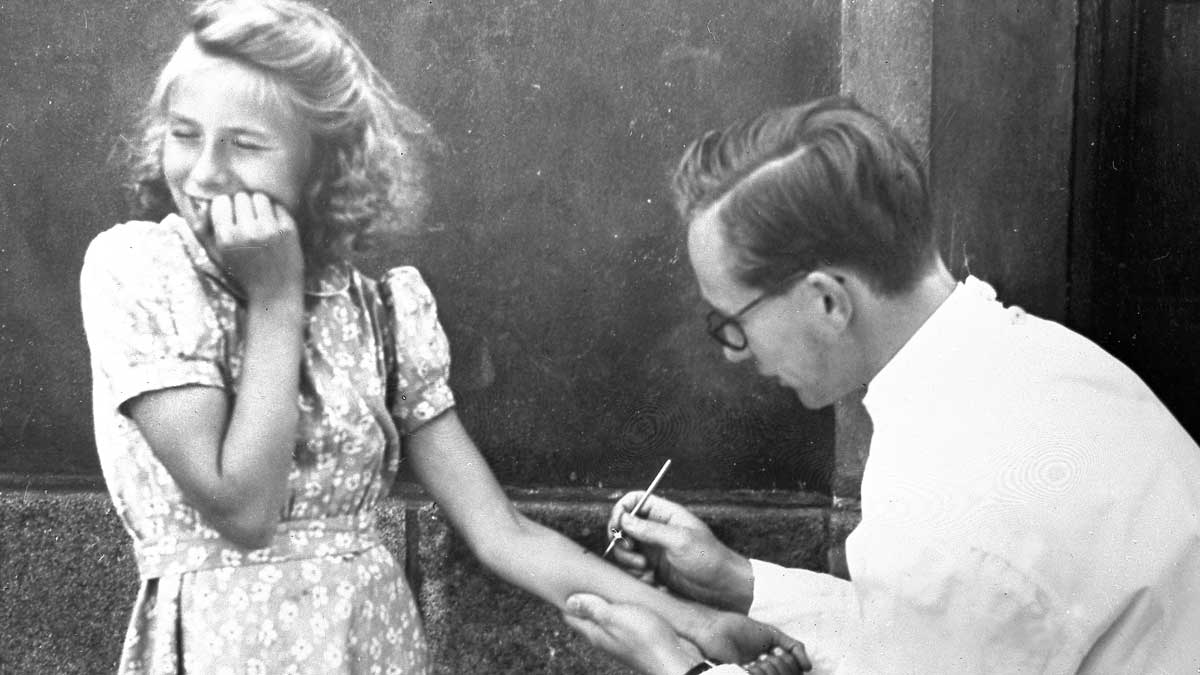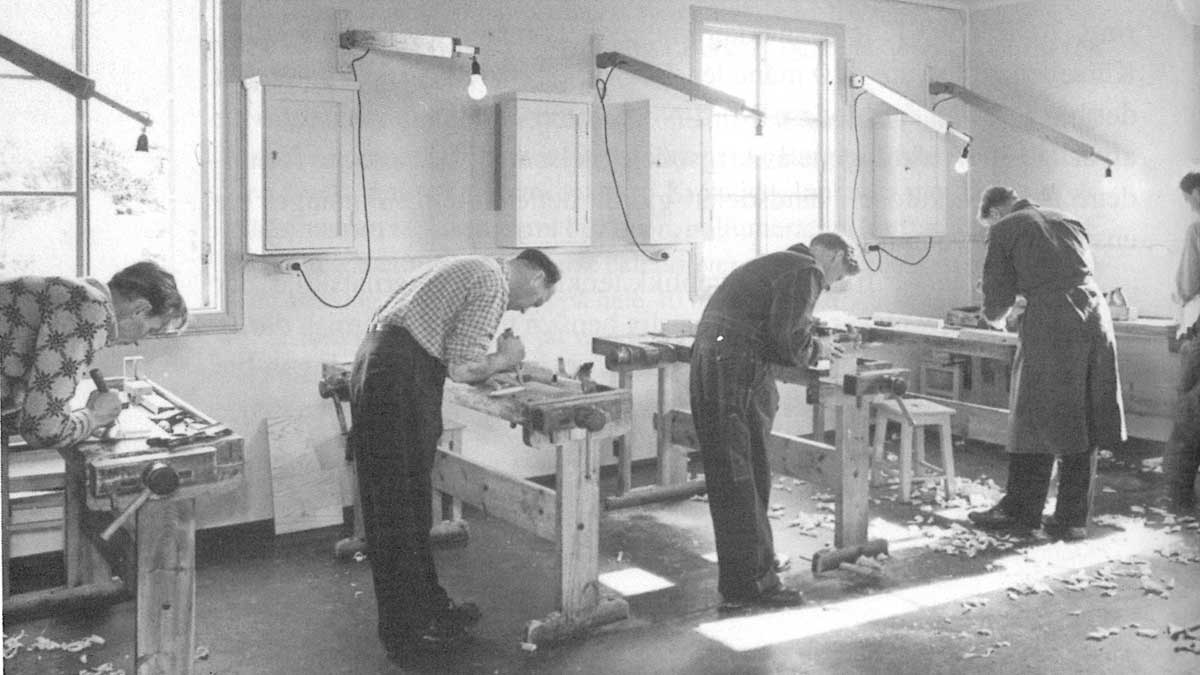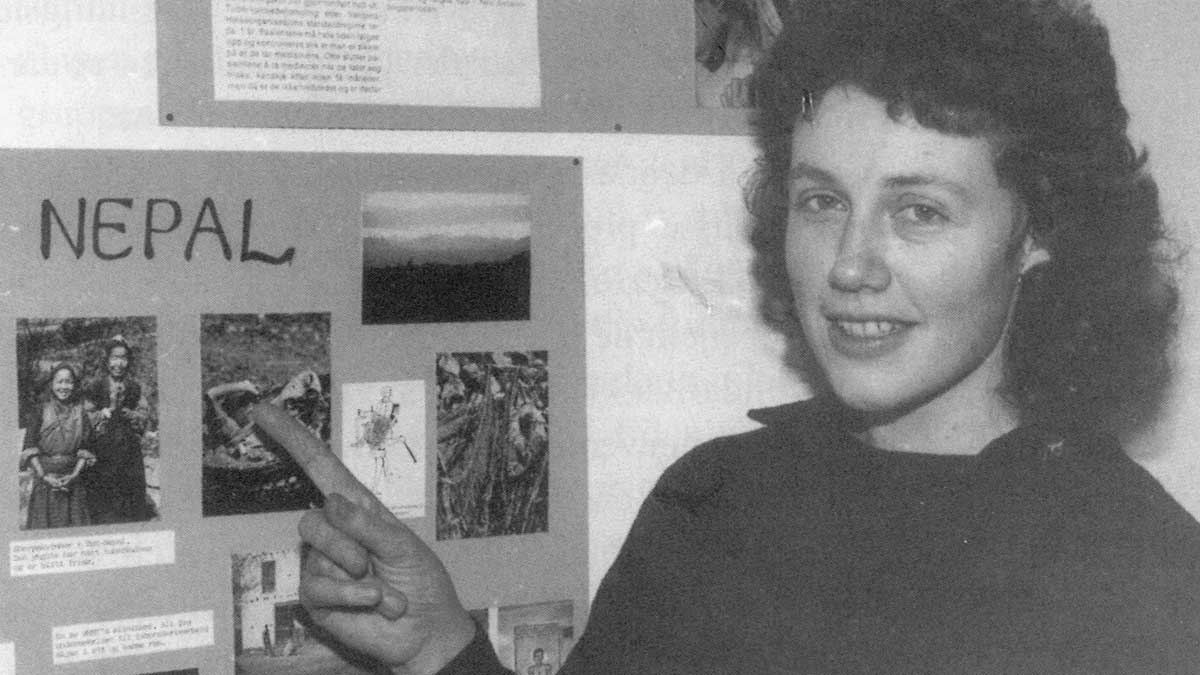Background, strategy and board
The LHL International Tuberculosis Foundation (LHL International) was established by the Norwegian Heart and Lung Association on 1 January 2013. The LHL International’s main task is to continue and further develop LHL's work to fight tuberculosis, and it is currently working to fight tuberculosis in Norway, Malawi, Sudan, Tanzania, Zambia, Nepal, Romania and Russia.
The overarching goals of LHL International are to:
- ensure the right to life and health for people suffering from tuberculosis
- ensure user involvement for people suffering from tuberculosis
- prevent discrimination of tuberculosis sufferers
- fight tuberculosis and stop the spread of the disease in society
There is a clear relationship between tuberculosis and poverty. Those who do not have access to a balanced diet and who have limited access to health services are those who are the most negatively affected by tuberculosis.
The disease also contributes to greater poverty because tuberculosis sufferers are often not able to work when they have the disease, or they lose their job because of fear of contagion and stigmatisation.
On the Board of LHL International:
- Board chairman: Bernt Apeland
- Board member: Arnulv Torbjørnsen
- Board member: Arne Ketil Hafstad
- Board member: Ingrid Skjennum
- Board member: Berthe Stenberg (representative elected by the staff)
Read our strategy
“Stop tuberculosis!” is the strategy document of the LHL International Tuberculosis Foundation (LHL International).
The document describes chosen paths and guidelines for our work and cooperation. International solidarity and human rights are important fundamental principles for fighting tuberculosis.
https://www.lhl.no/globalassets/lhl-internasjonal/dokumenter/lhl-internasjonal-strategi-2019-2025.pd
History of the Tuberculosis Relief Organisation
The Norwegian Heart and Lung Association was established in 1943, under the name the Tuberculosis Relief Organisation (THO). Tuberculosis was a widespread disease at the time. In the 1940s, around 10,000 Norwegians became sick with tuberculosis every year.
 The Swedish relief campaign for Norway, Svenska Norgehjälpen, organised food etc. for children during the years 1942-45, in addition to the vaccination of Norwegian children. Here a schoolgirl is having a tuberculin test.
The Swedish relief campaign for Norway, Svenska Norgehjälpen, organised food etc. for children during the years 1942-45, in addition to the vaccination of Norwegian children. Here a schoolgirl is having a tuberculin test.
The problems the patients had created a need for an organisation that could fight for their interests and rights. One of the greatest challenges was to overcome people’s fear of contagion and the subsequent exclusion from society.
The Tuberculosis Relief Organisation successfully championed for many important social policy issues. The first goals that were achieved were better treatment programs and living conditions, employment and benefit rights and the construction of a vocational school for people with disabilities.
 When Krokeide Vocational School first opened its doors on 10 November 1946, the school offered courses in wood carving, light carpentry, decoration and Norwegian rose painting, wood turning and radio.
When Krokeide Vocational School first opened its doors on 10 November 1946, the school offered courses in wood carving, light carpentry, decoration and Norwegian rose painting, wood turning and radio.
With a positive attitude towards voluntary work and a strong commitment, the construction of Krokeide outside of Bergen started with local Tuberculosis Relief Organisation members. The project, which started after the second world war, was financed by gifts and collections. Many of those who participated in the work had themselves had tuberculosis.
The close connection between heart and lung disease resulted in an expansion of the scope of the organisation’s work. In 1961, the Tuberculosis Relief Organisation (THO) therefore changed its name to the Norwegian Heart and Lung Association (LHL), but the work to fight tuberculosis continued in Norway, Asia, Russia and Africa.

Since the early 1980s, LHL has also engaged in extensive international aid work, primarily focusing on tuberculosis.
Tuberculosis is a rare disease in Norway, and those who are affected receive treatment and survive. Globally, however, 1.5 million people die annually of this completely curable disease.
